
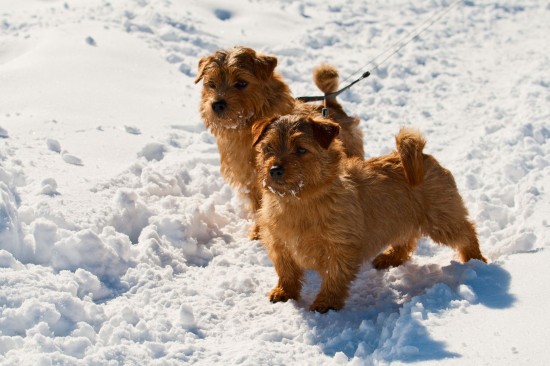
The Norfolk terrier is a British dog breed that first gained official recognition as a breed in its own right during the 1960’s. Prior to this it was classed as a variant of the Norwich terrier, and is distinctive from the Norwich terrier due to its dropped ears, while the Norwich terrier has pointed ears. The Norfolk terrier, along with the Norwich terrier, is the smallest of all of the working terrier breeds.
Classed as a small breed, the Norfolk terrier stands up to 10” tall at the withers and can weigh up to 5.4kg. They are of a medium build, lithe enough to have plenty of agility for working but not so light as to be classed as a toy dog breed. They are compact, well-proportioned and have lots of energy and the endurance to be able to work all day long. Originally used as ratting dogs, today they are most widely owned as pets.
The coat of the Norfolk terrier is short and wiry, and can be seen in a range of colours including black and tan, red, wheaten, and grizzled. Their coats shed moderately, and require occasional brushing and combing, but are not considered to be particularly high maintenance to take care of.
If you are considering buying or adopting a Norfolk terrier, it is of course vital to do plenty of research into the breed before committing to a purchase, and this includes finding out about the general health and wellness of the breed in detail. We will cover these elements within this article.
The average lifespan of the Norfolk terrier is 8-14 years, which provides a huge range of variance in terms of making an assessment on the likely lifespan of any individual dog. Towards the bottom end of the range, prematurely shortened lifespans most commonly have a hereditary health issue to blame for an earlier than normal death, while at the top end of the scale, the Norfolk terrier may well outlive most other dogs of a similar size.
As well as the top end of the age range for the breed being considered to be comparatively high, it is also not unheard of for Norfolk terriers to live well into their late teens.
The coefficient of inbreeding statistic for the Norfolk terrier is 13.7%, which indicates that the breed as a whole is recognised to be subjected to a fairly high degree of inbreeding. While in some cases, inbreeding is necessary in order to keep breed lines viable, a high level of inbreeding can also lead to the perpetuation of hereditary health problems, and other issues such as small litter sizes and a high level of foetal mortality.
The ideal coefficient of inbreeding statistic for pedigree dogs breeds is accepted as being 6.25% or lower, and Norfolk terrier breeders are advised to reduce the figure where possible within their own breed lines.
The Norfolk terrier is a compact, small breed of dog that is considered to have a balanced build that is neither too light nor too heavy. They are not prone to exaggerations or overtyping, and as such, the shape and build of the Norfolk terrier is considered to be fit for life, and not liable to pose any problems for the dog in and of itself.
The Norfolk terrier is most unusual among pedigree dog breeds, due to the absence of any health schemes or testing recommendations in place for the breed. This indicates that the breed is generally highly robust and healthy, and has not been identified as having a high predisposition to hereditary health problems that can affect the quality of life and longevity of the breed.
Although there are currently no health testing schemes in place for the Norfolk terrier and the breed is widely recognised as being robust and healthy, there are certain hereditary health conditions that can affect the breed, and potentially shorten their lives. While these do not occur with such a great degree of regularity as to be classed as cause for concern for the breed as a whole, potential Norfolk terrier buyers are advised to make themselves aware of the following health issues that may potentially present:
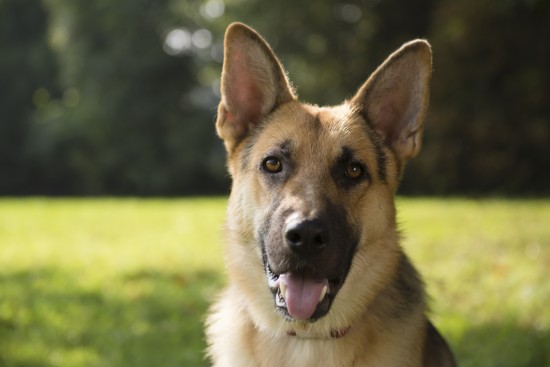 Portosystemic Shunt In Dogs - Symptoms And Treatment
Portosystemic Shu
Portosystemic Shunt In Dogs - Symptoms And Treatment
Portosystemic Shu
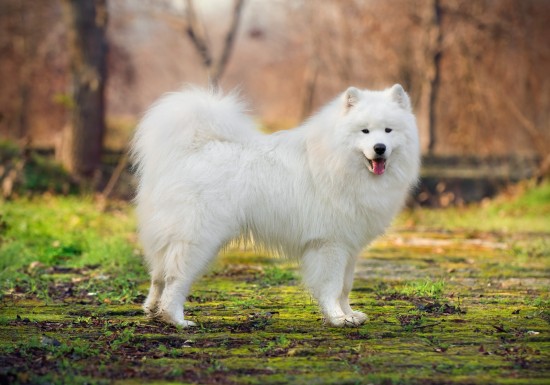 Samoyed Dog Hereditary Health And Health Testing
Samoyed Dog Hered
Samoyed Dog Hereditary Health And Health Testing
Samoyed Dog Hered
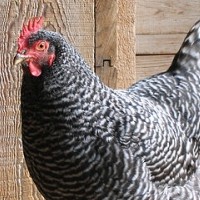 Chicken Coop Fox Proof
In decided to write this article after a friend of mine
Chicken Coop Fox Proof
In decided to write this article after a friend of mine
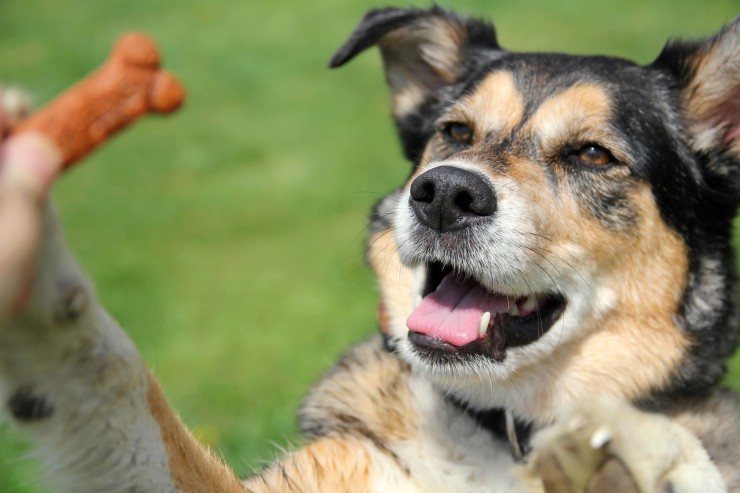 Five Things Many Dog Owners Inadvertently Do To Annoy Their Dogs
Five Things Many
Five Things Many Dog Owners Inadvertently Do To Annoy Their Dogs
Five Things Many
 Hepatic Lipidosis In Dogs
Hepatic Lipidosis
Hepatic Lipidosis In Dogs
Hepatic Lipidosis
Copyright © 2005-2016 Pet Information All Rights Reserved
Contact us: www162date@outlook.com